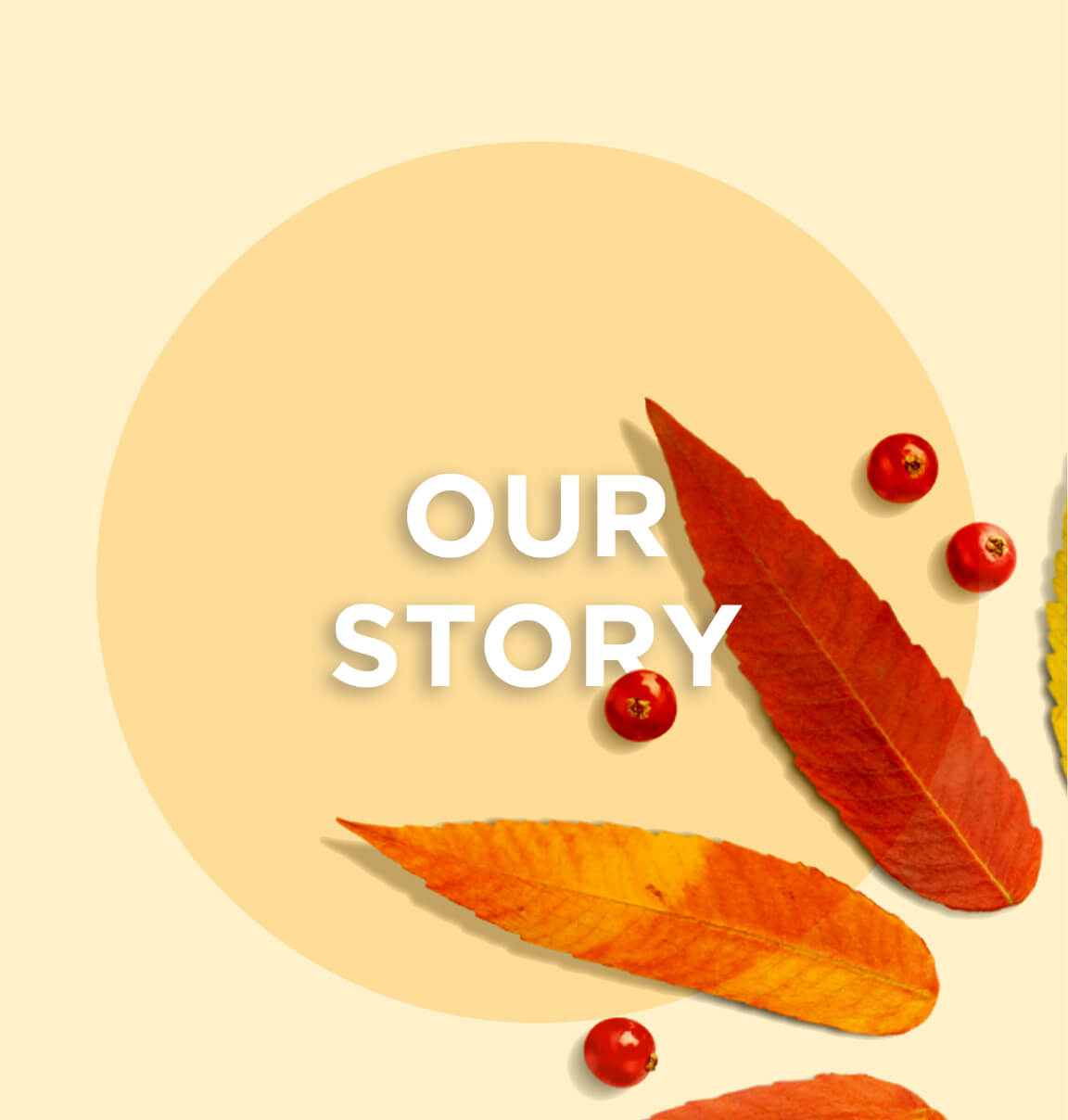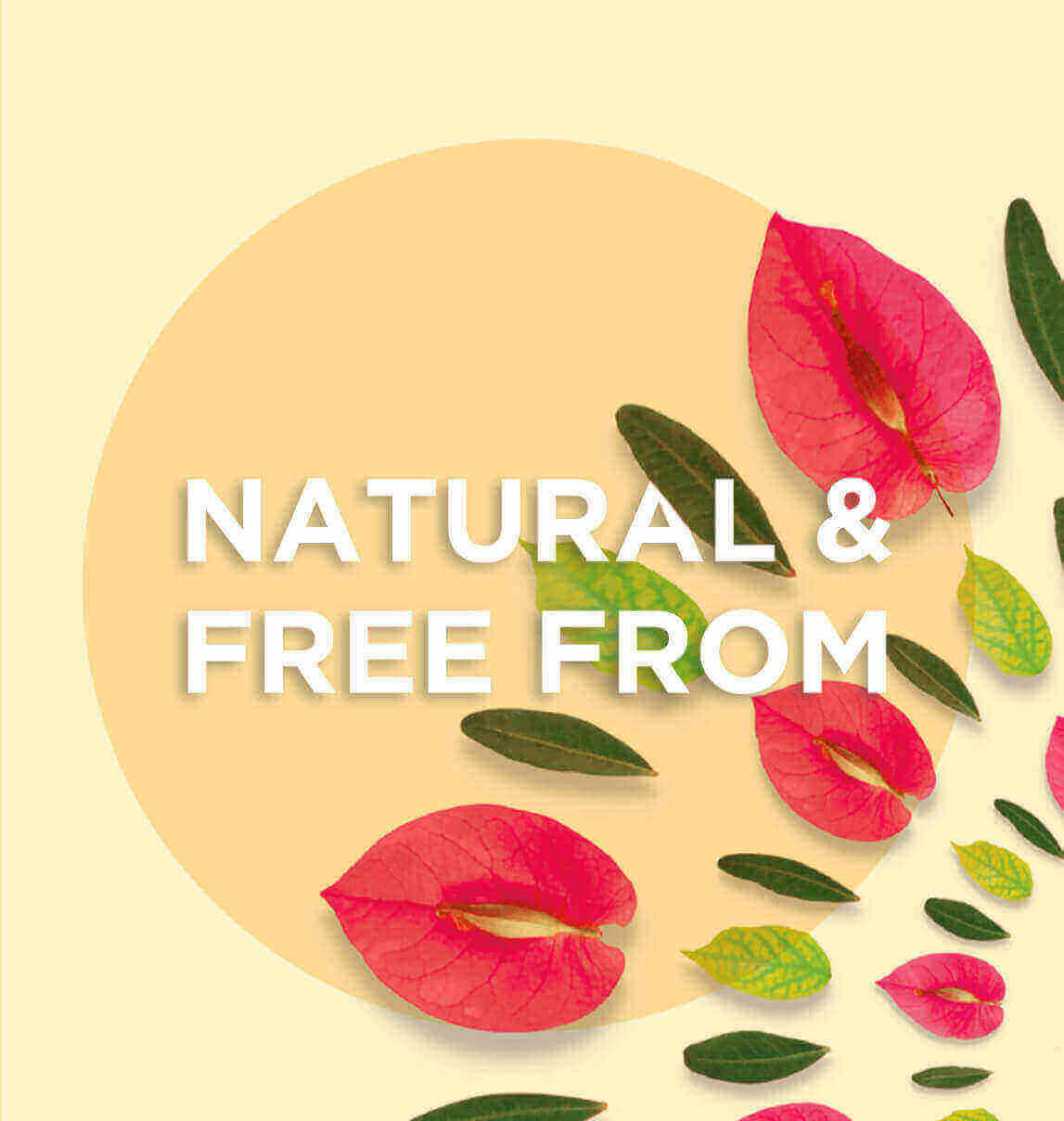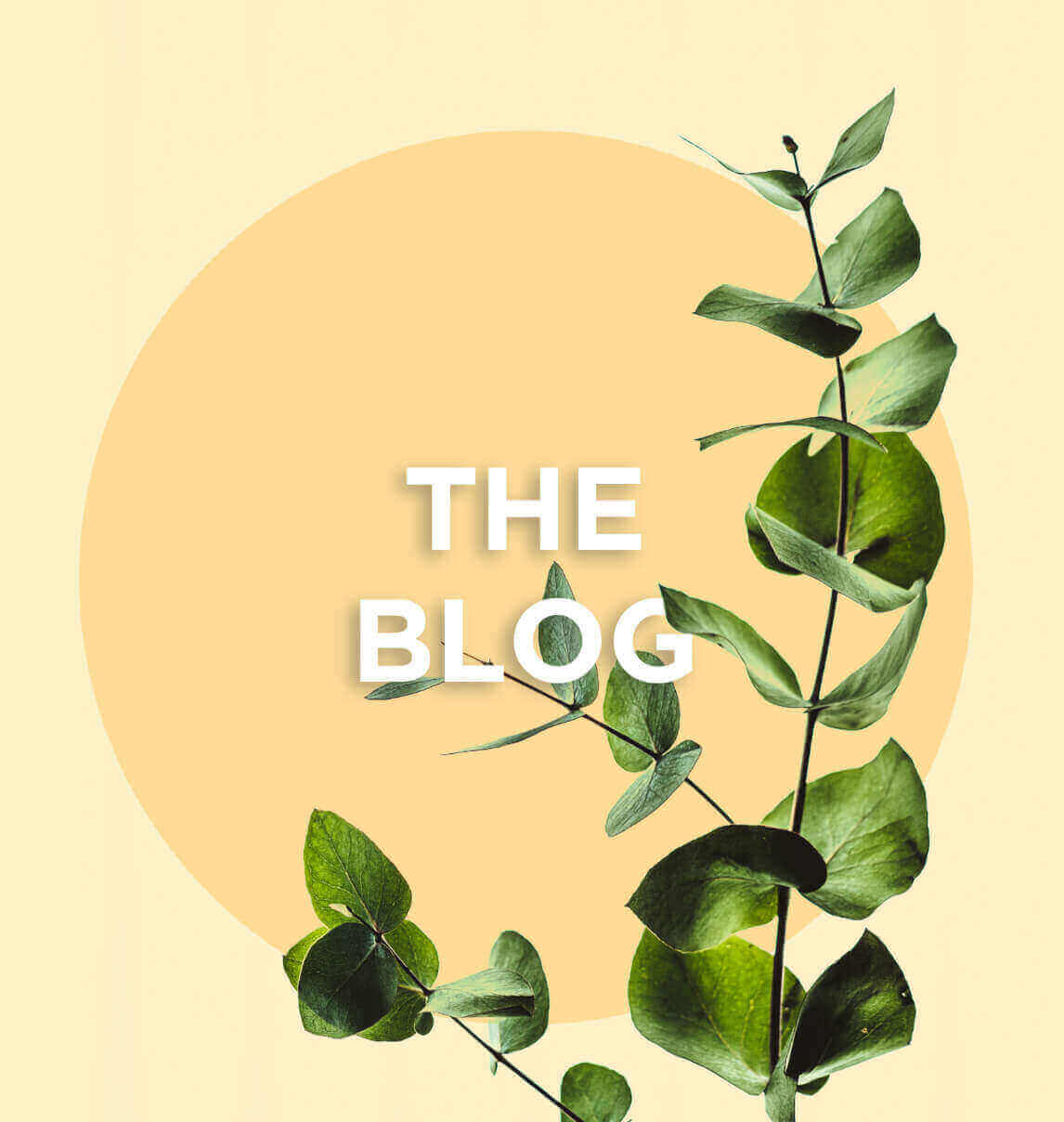Spring is a season holding all types of risk: fatigue, depression, pain, diverse infections (chills, sore throat etc.) are all common around this time.
During this time, there is an important plant that you can use to help you stay healthy. It may be taken alone, or even better, in combination with a liver drainage treatment for a complete health boost. Meet: Eleutherococcus!
Known as an adaptogen, Eleutherococcus stimulates the body, improves performance, increases resistance to various aggressions, and manages all types of stress.
The idea of the adaptogen was originally conceptualised in 1947 by a Russian researcher, who suggested they share these three criteria:
- They work without disrupting the body’s biological functions.
- They produce a nonspecific response in the body, increasing its capacity for adaptation and resistance to physical or psychological stress, illness, aging, functional imbalances etc.
- They normalise and improve the condition of an organ or physiological function.
It is not simply a stimulating or anxiolytic plant.
Brief history:
Eleutherococcus Senticosus Rupr.et Maxim is a small, woody shrub from the family Araliaceae, and it has been known since Antiquity. It mainly grows in Siberia, but is also found in Korea. Commonly referred to as Siberian Ginseng, it is recommended as a substitute for ginseng. It has been used in aging prevention and in fighting against pathologies since the 20th century.
Composition, properties and indications:
The root is the part of the plant used in phytotherapy.
It major constituents (eleutherosides) do not belong to a specifically identified chemical class and are not similar to the ginsenosides in ginseng. It also contains other substances (saponins, polysaccharides, coumarins etc.)
The principal properties it shows are:
- An increase in the psychological stress response and physical stress response in athletes.
- Anti-fatigue: it stimulates the central nervous system (promotes good memory and fights against the loss of concentration).
- Anti-inflammatory action: it is hypoglycemic (decreases blood sugar levels), and hypolipidemic (reduces lipid levels in the blood and cholesterol).
- A stimulating effect on sex glands, libido and the immune system.
- Anti-free radical action (antioxidant).
It is traditionally recommended for treating fatigue and stress, as well as preventing infectious diseases and cognitive disorders.
Daily dosages:
- 200 mg dry extract /24 hr (capsules)
- 1 g of total powder/24 hr (capsules)
- 50 to 150 drops of mother tincture/24 hr (alcohol solute)
- 0.5 to 4g /150ml in a 15 min infusion* (bulk herbs)
*To make an infusion, weigh the amount of herbs needed. Bring 150 ml of water to boil and then add the herbs to the pot. Boil again. Turn off the stove, cover and allow to infuse for 15 to 30 minutes. Filter before drinking.
This plant should not be used by pregnant women, nursing women and children under the age of 12. As a precaution, do not exceed a two-month treatment.





